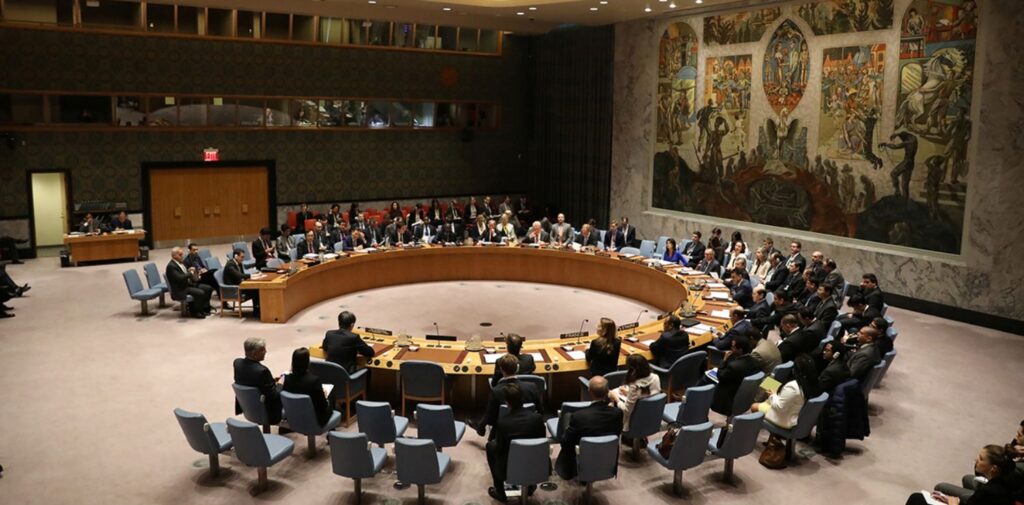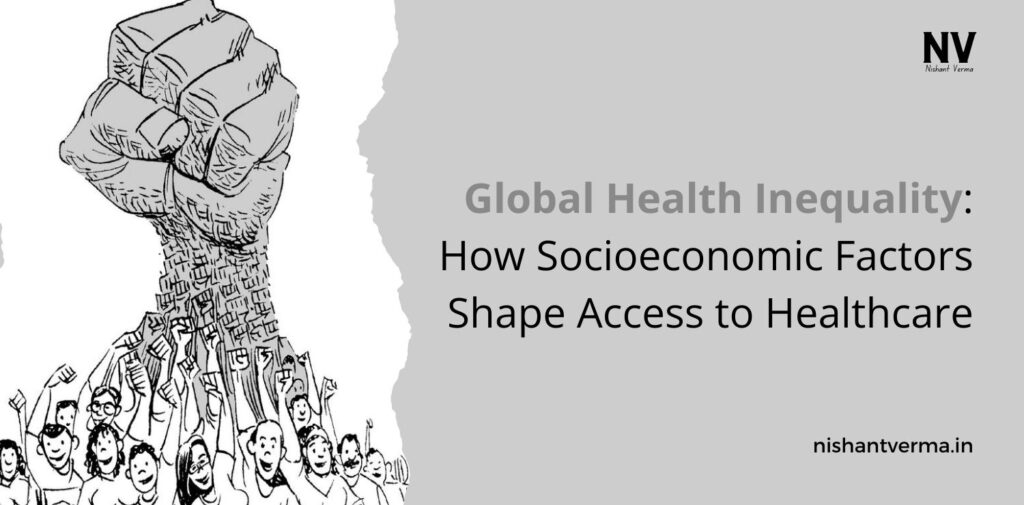Healthcare is a basic human right, yet across the world, millions of people face significant barriers when it comes to accessing the care they need. These barriers are often linked to socioeconomic factors that affect not just individual health but also the overall health of entire nations. From income inequality to education, from geography to political stability, various factors shape access to healthcare and, ultimately, public health outcomes. In this article, we’ll take a closer look at how these disparities occur and what can be done to address them.
The Gap in Global Healthcare Access
Despite major advances in medicine, health disparities between different regions of the world remain stark. According to the World Health Organization (WHO), nearly half of the global population does not have access to essential health services. The gap is especially wide between low-income and high-income countries, and within countries, it often reflects deep divisions between the wealthy and the poor.

In wealthier countries, people typically enjoy better access to quality healthcare services. This includes advanced medical treatments, regular checkups, and access to specialists. In contrast, many low-income countries struggle to provide even basic healthcare to their populations. For example, in sub-Saharan Africa, healthcare infrastructure is underdeveloped, and a lack of trained healthcare professionals often leads to poor health outcomes.
This disparity is further amplified by the socioeconomic conditions people face. The wealthy are able to afford better healthcare, while those in poverty are often forced to choose between healthcare and other essential needs like food and housing.
Socioeconomic Status and Health: A Clear Connection
Your income, education, and occupation all play a significant role in shaping your access to healthcare and overall health. This is known as the social determinants of health. People from wealthier backgrounds generally have access to better healthcare services, live in healthier environments, and are better informed about preventive measures. In contrast, people from lower socioeconomic backgrounds face a range of challenges that make healthcare harder to obtain.
- Income: Income is one of the most significant factors determining access to healthcare. Wealthier individuals can afford to pay for private health insurance or out-of-pocket healthcare costs. They also have the luxury of accessing medical care as soon as they need it. In contrast, those living in poverty are often forced to delay seeking medical attention or forego treatment altogether due to the high cost of care.
- Education: Education is closely linked to health outcomes. Educated individuals are more likely to have better health literacy, meaning they understand how to prevent, manage, and treat health conditions. They are also more likely to have jobs that offer health benefits. On the other hand, those with limited education often lack knowledge about the importance of regular checkups or healthy lifestyles.
- Occupation: A person’s job can affect both their income and their health. For example, jobs that expose workers to dangerous chemicals, physical labor, or long hours can result in poor health outcomes. On the other hand, individuals in high-paying, less physically demanding jobs typically have better health outcomes and access to healthcare resources.
Rural vs. Urban: Geography Matters
Another key factor contributing to healthcare inequality is geography. People living in rural areas often face additional challenges when it comes to accessing healthcare. Rural areas tend to have fewer healthcare facilities, fewer doctors, and longer travel times to reach medical services. As a result, people in these regions may delay seeking care or go without it altogether.

In contrast, urban areas generally have better healthcare infrastructure. There are more hospitals, clinics, and specialists available, and the population is more likely to have access to health insurance or government-funded healthcare. However, urban areas also face challenges such as overcrowding, air pollution, and the spread of infectious diseases due to high population density.
Health Systems: How Governments Can Make a Difference
The strength and accessibility of a country’s healthcare system play a central role in determining how health outcomes vary across populations. Health systems are shaped by government policies, funding, and the ability to provide care to all citizens, regardless of their economic status.
In some countries, universal healthcare systems exist, where the government guarantees access to healthcare services for everyone. Examples of this include countries like the United Kingdom, Canada, and many Scandinavian nations. These systems are often funded through taxes, and healthcare is free or low-cost at the point of service. Such systems have been successful in improving public health outcomes by ensuring that people from all socioeconomic backgrounds can access the care they need.
However, in many developing countries, healthcare systems are underfunded and overburdened. Without adequate government support, private healthcare providers dominate the system, creating a two-tier system where only the wealthiest can afford quality care, leaving the poor with substandard or no care at all.
The Role of Global Organizations and Aid
International organizations, such as the World Health Organization (WHO) and the United Nations (UN), play a vital role in addressing health disparities around the world. These organizations provide funding, technical support, and advocacy to improve healthcare systems, particularly in low-income countries. Programs that target disease prevention, maternal and child health, and access to essential medicines have helped reduce health inequalities in many parts of the world.

Additionally, global aid programs, often funded by wealthier countries, can help fill the gaps in healthcare access. For instance, initiatives like GAVI (the Global Alliance for Vaccines and Immunization) have helped vaccinate millions of children in low-income countries, preventing diseases that would otherwise cause widespread illness and death.
How Can We Close the Gap?
The challenge of healthcare inequality is complex, but there are several strategies that can help reduce disparities:
- Increase Funding for Healthcare in Low-Income Countries: Governments and international organizations must prioritize funding for healthcare infrastructure in poorer nations. This includes building more hospitals, training healthcare workers, and ensuring that essential medicines are available and affordable.
- Improve Health Education: Health education programs can empower individuals to take control of their health. Governments and non-governmental organizations (NGOs) can play a crucial role in educating people about preventive care, nutrition, and hygiene.
- Address Social Determinants of Health: Tackling socioeconomic inequalities, such as income inequality, can have a profound impact on health outcomes. This could involve raising wages, improving job security, and reducing the cost of education. In addition, improving access to clean water, sanitation, and nutrition is vital for better health.
- Support Universal Health Coverage (UHC): Universal health coverage ensures that all individuals, regardless of their socioeconomic status, can access healthcare services. UHC is not only a moral imperative but also an effective way to improve health outcomes and reduce inequality.
- Harness Technology: Technology, such as telemedicine and mobile health applications, can bridge the gap in healthcare access. These technologies can bring healthcare to remote and underserved areas, reducing the need for travel and improving diagnosis and treatment.
Conclusion: Global Health Inequality
Global health inequality is a pressing issue that requires a multifaceted approach. Socioeconomic factors such as income, education, and occupation significantly influence access to healthcare, and these factors are often interconnected with geography, government policies, and the strength of health systems. While disparities are large and persistent, there are numerous opportunities to reduce inequality through targeted investment in healthcare, education, and social reforms. The goal is clear: ensuring that everyone, regardless of where they live or how much they earn, has access to the healthcare they need to lead a healthy life. By working together, we can close the gap in healthcare access and create a healthier, more equitable world for all.




